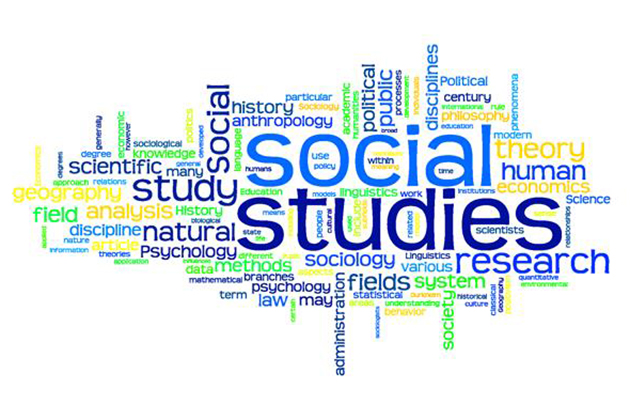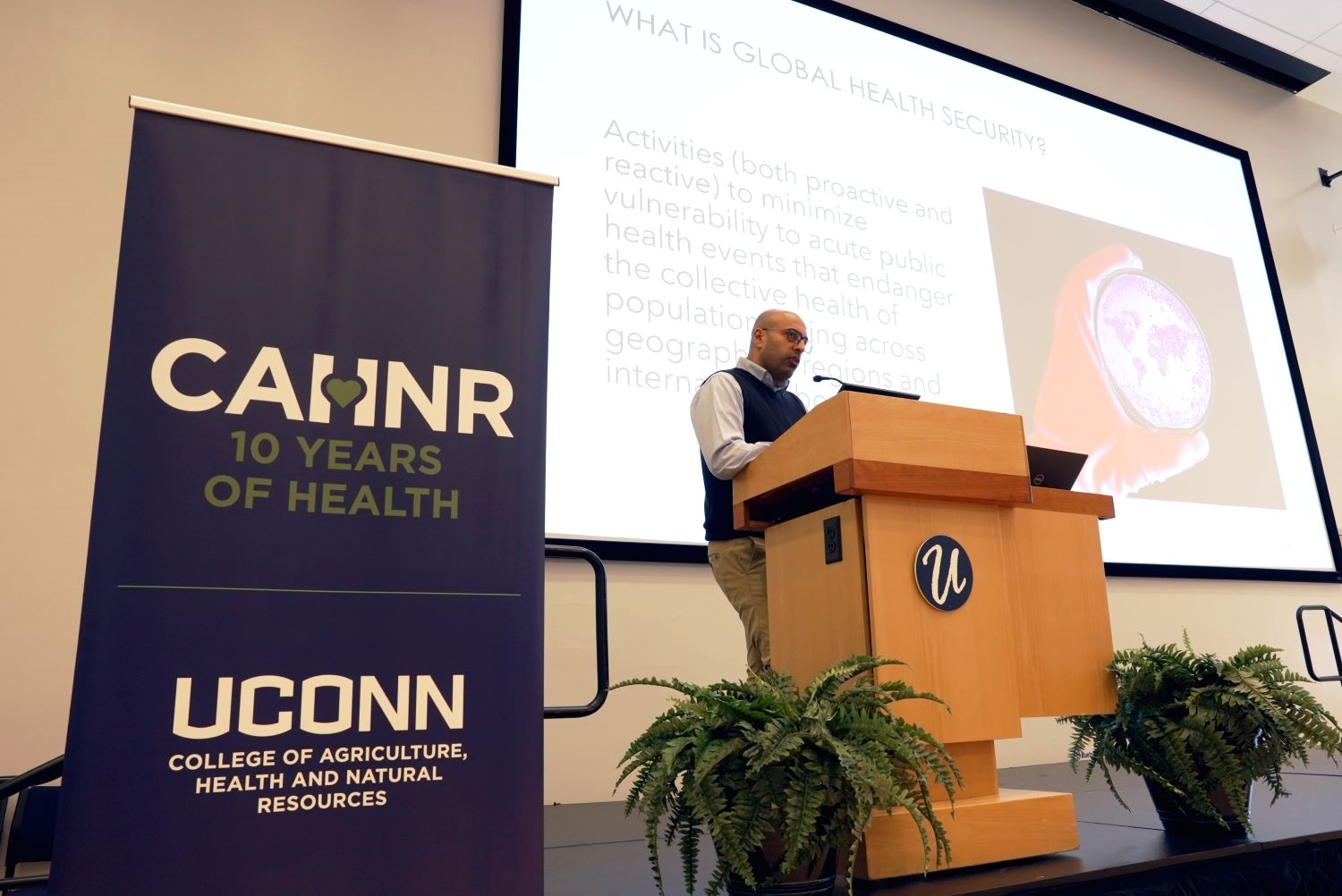
Connecticut education officials recently approved the biggest change in social studies instruction in more than 15 years, designed to help teachers develop student skill sets essential to understanding a networked world of growing cultural and historical complexity.
Last month, the State Board of Education voted to adopt the proposal – called the Connecticut Elementary and Secondary Social Studies Frameworks – as a guide recommended for use by local school districts. The framework, as spelled out by the State Department of Education, specifies that social studies instruction should be more than a teacher telling students what they need to know. Instead, teachers must guide students through history, economics, geography, and civics, helping them develop their own questions and conduct their own inquiry.
Alan S. Marcus, an associate professor of curriculum and instruction in UConn’s Neag School of Education, was a lead writer for the state’s new Social Studies Frameworks. Marcus, who is the advisor for the secondary history education program at UConn, taught high school social studies for seven years and is a University of Connecticut Teaching Fellow, whose research focuses on social studies education, specializing in museum education and teaching with film. He is also past president of the Connecticut Council for the Social Studies. UConn Today asked Marcus to share his insights on the impact the new frameworks will have on social studies instruction.
Q. Why is social studies so important that Connecticut wanted to overhaul how the subject is taught?
A. Social studies are about how our society functions, from our local town to the global community. If we expect our children to become adults who work for the common good of society and if we believe in maintaining our democratic way of life, then we need social studies frameworks that prepare them for success in civic life.
Q. What makes the new frameworks different from what teachers have been using in the past? How unique is Connecticut in this approach?
A. The frameworks place Connecticut as a national leader in social studies education through four innovative features. First, an inquiry process where students ask questions based on their own curiosity, develop positions grounded in evidence, and take informed action. Secondly, they use compelling questions such as “How do Americans define freedom and equality?” and “How can people make a difference in society?” to make content more engaging. The frameworks also use themes such as the role of geography in history or the impact of science and technology on society, to move beyond a parade of facts. Of course students can’t answer questions without knowing facts and dates, but the emphasis is on knowing facts and dates toward a larger purpose, rather than as an end in and of themselves. Thirdly, the frameworks emphasize a more interdisciplinary approach that includes history, geography, economics, and civics in every year, K-12. Finally, the frameworks do more to include local and state history throughout the K-12 social studies experience.
Q. There is a lot of controversy about the Common Core curriculum and testing. Do the new frameworks have an impact on the current testing system in Connecticut?
A. The frameworks are not part of Common Core and are not associated with any new test. The frameworks are a guide, not a mandate. Ultimately, local districts and schools decide the specific curriculum and content for social studies. There is an expectation that districts will have some level of fidelity to the frameworks, but the frameworks do not provide specific content to be covered.
Q. Social studies typically include topics that may reflect a point of view, so that how they are taught may influence students’ perspectives. How do the revised curricula strive to remain impartial?
A. The aim is to help students consider multiple perspectives on important issues. Take for example, contemporary issues such as immigration policies, our relationship with Cuba, how to respond to terror threats, and tax reform … It is imperative that teachers include these issues as part of the curriculum, but in a way that presents a balanced array of evidence and prompts students to weigh the evidence and reach their own conclusions. Tackling these issues head-on is precisely what the frameworks do – encourage the deliberation of important “difficult” issues both from today and from the past.

Q. In today’s highly interconnected world, there are calls for “globalizing” U.S. education. Do the new social studies curricula give Connecticut students a deeper understanding of the United States in our modern, networked world?
A. Absolutely! Global connections – economic, political, cultural, environmental, military, human rights – are critical in today’s society. However, everything starts with the local community. From there the frameworks examine state history, U.S. geography, followed by U.S. history and global studies. By starting with the local and spiraling outward, students will appreciate the connections among the local, regional, national, and global spheres.
Q. Is the new social studies curriculum designed to enhance students’ appreciation of cultural complexities and their understanding of international perspectives?
A. Again, it begins with the local and spirals out to the global. The frameworks start right away with the theme of “Diversity and Culture in the World,” repeated across Kindergarten, first grade, and second grade. In third grade, that becomes “Cultural Diversity and a Connecticut State Identity;” and by middle and high school, possible themes include “Cultural Diversity and an American National Identity.” We are a better society when we better understand and appreciate each other’s similarities and each other’s differences.
Q. Who was involved in creating the frameworks and what was that process like?
A. The frameworks were created in a partnership between social studies teachers from all over Connecticut, university faculty, and the State Department of Education. There was also tremendous support from the State Board of Education and other stakeholders, including the Connecticut Council for the Social Studies, the museum community, and school superintendents. We spent more than a year discussing, debating, and writing, based on the latest educational research about how students best learn. We hope the process can serve as a model for the way teachers, the state, and universities can partner to improve K-12 education for our children.
Link to the new frameworks: http://www.sde.ct.gov/sde/lib/sde/pdf/board/ssframeworks.pdf



